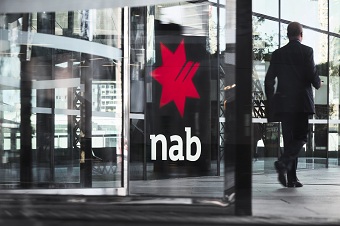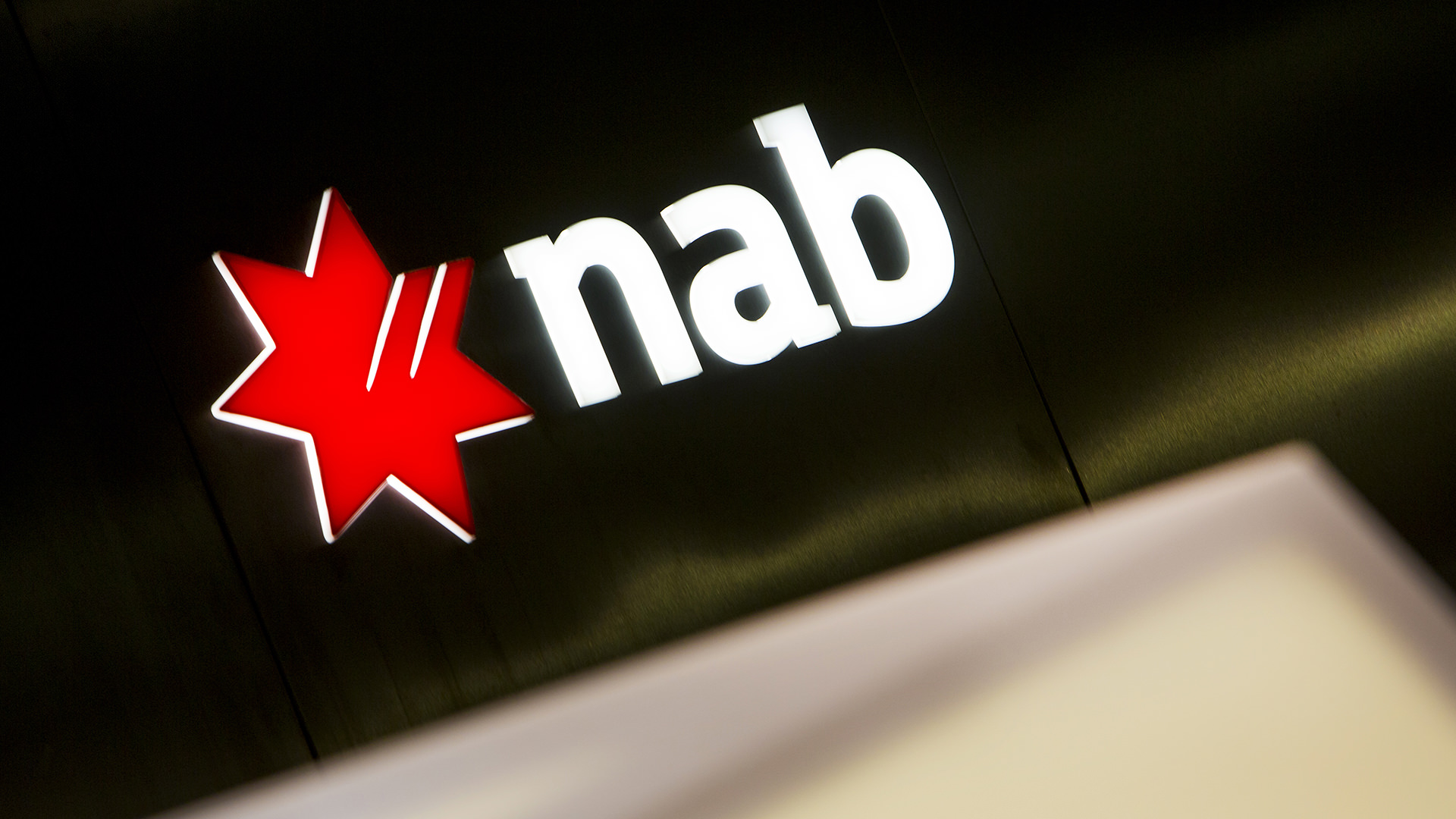Thank you, Mr Chairman, and members of the Committee.
Today I am joined by David Gall, one of our Chief Customer Officers and until recently, our Chief Risk Officer. We appreciate the opportunity to be here.
As a nation we are being confronted by some real challenges.
The Australian economy is performing well but there are sectors such as retail where things are particularly difficult. Consumers are less confident than they were, and as a result, are unlikely to continue spending at current rates.
The global economy is also past its peak and disruption to trade flows is now a distinct possibility.
We must stay alert to these challenges and at the same time, face the future with confidence.
We also need our banks to remain strong so they can support Australian businesses and consumers.
But strength is more than just about balance sheet or profitability – it is also about being valued by customers for the services we provide. This leads to trust, and here much more rebuilding needs to be done.
LESSONS LEARNED
The Royal Commission has exposed issues in our bank, and our industry, that have been confronting and upsetting. I feel this deeply, having worked in our profession for more than three decades.
In so many cases we have not had the care and respect for our customers that we should have, and for that I am sorry. The Commissioner’s interim report outlined this in a fair and balanced way, and we will respond thoughtfully.
However, we need to deal with the cause, not just the symptoms. And if there was ever a need to step back, reflect and to act differently, it is now.
In my view, there are at least four significant changes which have occurred inside banks over the last 30 years that have caused a drift:
- Firstly, the primary focus has shifted away from customers. This has left our industry open to the challenge of “profits before people”. Ultimately the interests of our shareholders are the same as the interests of our customers. This is how a sustainable business is built;
- Secondly, the move from a long-term view to a short-term one. Given the risks and nature of our business, we should be planning over a 5-10 year horizon, not just 1-2 years;
- Thirdly, the move from base pay to greater incentive compensation hasn’t been managed carefully enough, and has rewarded the wrong behaviours, and focused on product sales and short-term growth. We have taken actions in this area, and will continue to make changes;
- Finally, banks have become bound by internal rules, policies, regulation and legacy systems. This has led to inertia – and as a result losing the local connections we previously had with customers when our people were more empowered.
BEING A BETTER BANK
This drift away from what banking was when I first started has been real, and it will take time to return to the place we need to be.
At NAB, we are determined to make this happen. We are doing a number of things including:
- Building our bank around a Purpose, Vision and Values that guide us to correct these changes, deliver exceptional service and earn the trust of customers;
- Holding our 3000 leaders to account through leadership standards that require they have empathy, perform, can imagine the future and can connect with people;
- Implementing measures and incentives that focus on customers and the longer term. 100% of our people now have a balanced scorecard, with compulsory customer and risk measures; and 97% of our people are on a standard group variable reward plan which is centrally managed, and distributed annually, with increasing amounts of payment deferred;
- And finally, having a long-term plan to invest in more reliable technology, reduce the number of products, fees and forms required, and remove layers of management so decisions are made and acted on faster.
We must also constantly take a stand for our customers. We are listening, we care and we are responding.
We have taken a number of actions for customers in recent months, with more to come. These include:
- Recognising the loyalty of our customers by keeping our Standard Variable home loan rate on hold for the time being;
- Enabling our farming customers to offset their farm management deposits against their lending;
- Ending the use of higher default interest rates for farmers in drought-declared areas after the Commission heard from our customers, Ken and Deborah Smith;
- Thinking differently about our branch network, and considering new options and partnerships to retain face-to-face banking. This has led us to reverse decisions to close our Narooma and Dungog branches in NSW and to put a moratorium on branch closures in drought-declared areas.
We have a long way to go to once more be the bank we want to be for our customers.
We are more aware, more committed and more progressed on this journey than ever before.
We will continue until it is achieved.
Thank you.



